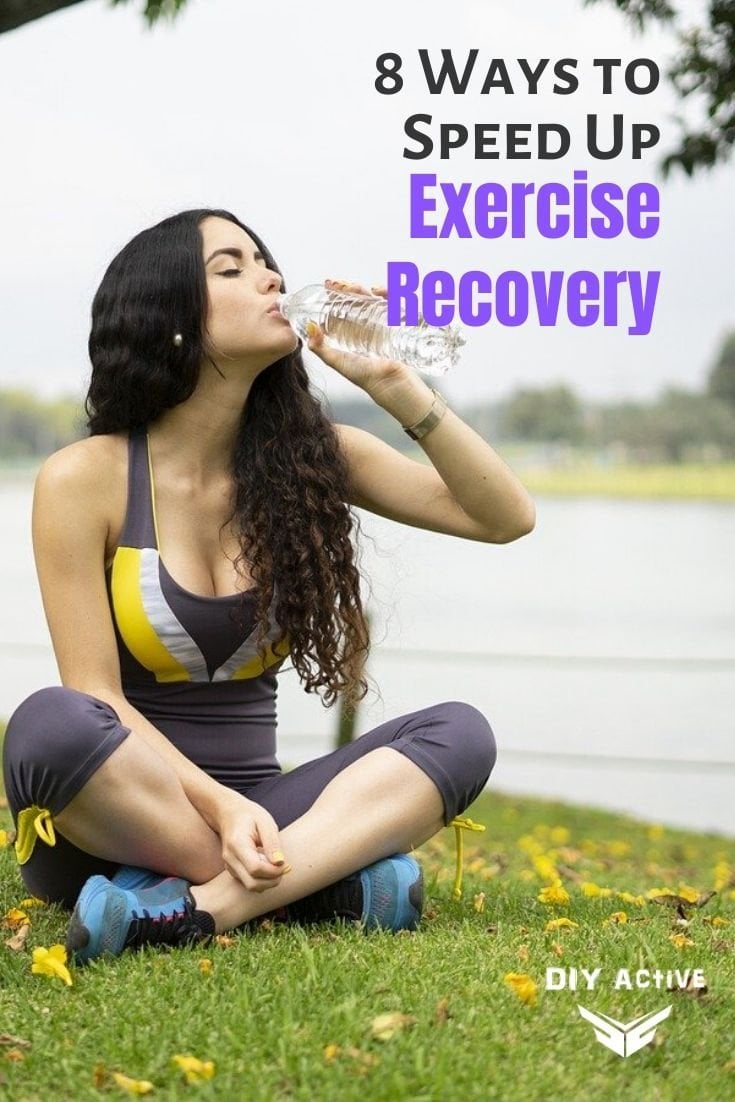Ways to Speed Up Exercise Recovery
If you’re a frequent gym-goer, you might experience a lot of discomfort and soreness after working out. Aiding your body in its natural recovery process is critical if you want to improve your gym habits.
Increase your exercise recovery
Rather than trying to ignore the soreness and fatigue, you should consider some of these tips to speed up exercise recovery. Your body will thank you for it.
1. Invest in a Massage Gun
When you perform intense workouts daily, it’s impossible not to experience any sort of pain or discomfort. To combat this, try a massage gun or percussion massager.
Percussion massage produces a series of fast-paced oscillations that penetrate your body’s soft tissue to promote tissue repair, pain relief, and relaxation. This type of massage also aids in the recovery process by improving blood flow and your range of motion when working out muscle groups.
Finding a quality massage gun is tricky, considering how many options there are on the market. Your best bet is to read lots of online reviews and buy from a manufacturer that you recognize and trust.
Here is the best massage gun to buy in Australia, however you can find these products around the world online.
2. Have Protein Before Going to Bed
When we exercise, we cause small tears in our body’s muscle tissue. Immediately after these tears are created, our bodies begin repairing these tears using protein as fuel. But when we sleep, we’re not providing our bodies with nutrients.

3. Drink Chocolate Milk
Not many people know that chocolate milk is a great post-workout treat. It contains protein, which promotes muscle recovery. Its carbs decrease the amount of time your body needs to recover.
4. Use a Foam Roller
Soreness occurs when muscles and fascia, the body’s connective tissue, end up in knots.
One way to reduce soreness is to roll out your muscles with a foam roller. Foam rollers help you remove these knots, which are also known as myofascial adhesions.
5. Take Naps During Daytime
Naps are healthy, not a sign of laziness. They improve alertness, reduce the number of mistakes you make, and improve your overall performance.
There is even a link between muscle strength and sleep quality.
6. Use Compression Garments
Compression garments imitate massages: they put pressure on muscles to reduce delayed onset muscle soreness. These garments raise the skin’s temperature, which increases blood flow and promotes recovery.
Many athletes and working professionals using compression garments to avoid fatigue and soreness.
7. Take Probiotics
Not many people know that probiotics will help you improve your recovery. Even though it sounds strange, the healthy bacteria in your gut make sure that your digestive and immune systems are healthy.
A healthy immune system has many functions, one of which is protecting your body from everyday stressors like exercise. Recovering from a workout takes much longer if you don’t have a healthy immune system.
8. Include Recovery Days in Your Routine
To maximize recovery, you need to have a thoughtfully curated routine. Even if you’re a hardcore exercise enthusiast, it’s important to take days off so you can recover effectively.
When you space out your workout routine, it means that you push yourself on some days, and work out less intensely on other days.
Most athletes use this approach because it helps them train effectively without experiencing burnout.
Wrap-Up
Try and include a couple of recovery days in your weekly workout routine.
If you don’t want to take that many rest days, at least set up a less intense routine for a couple of days out of the week.